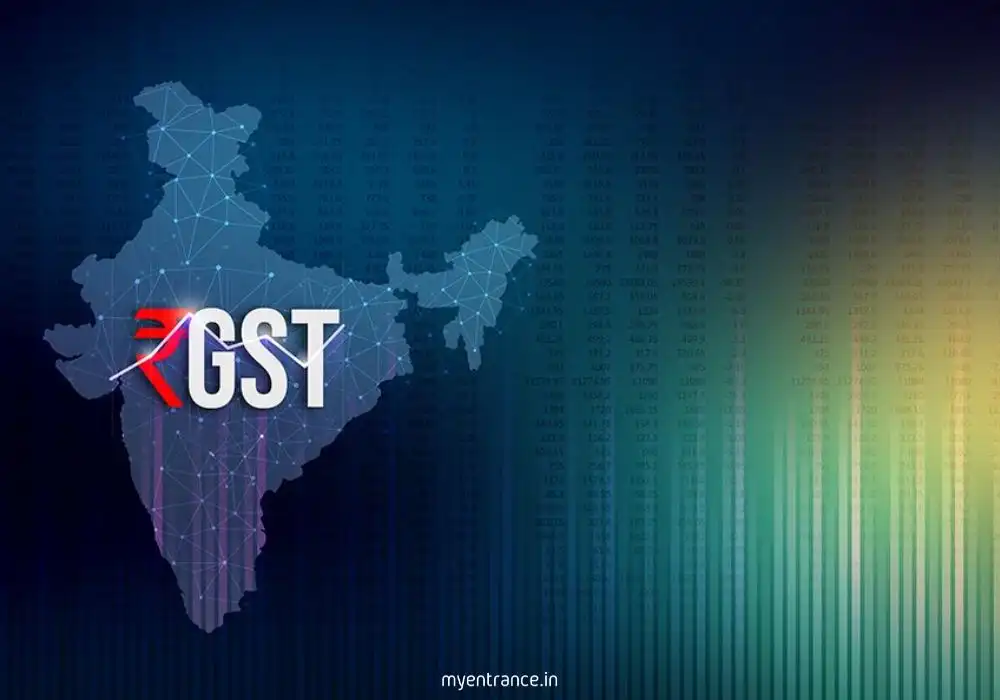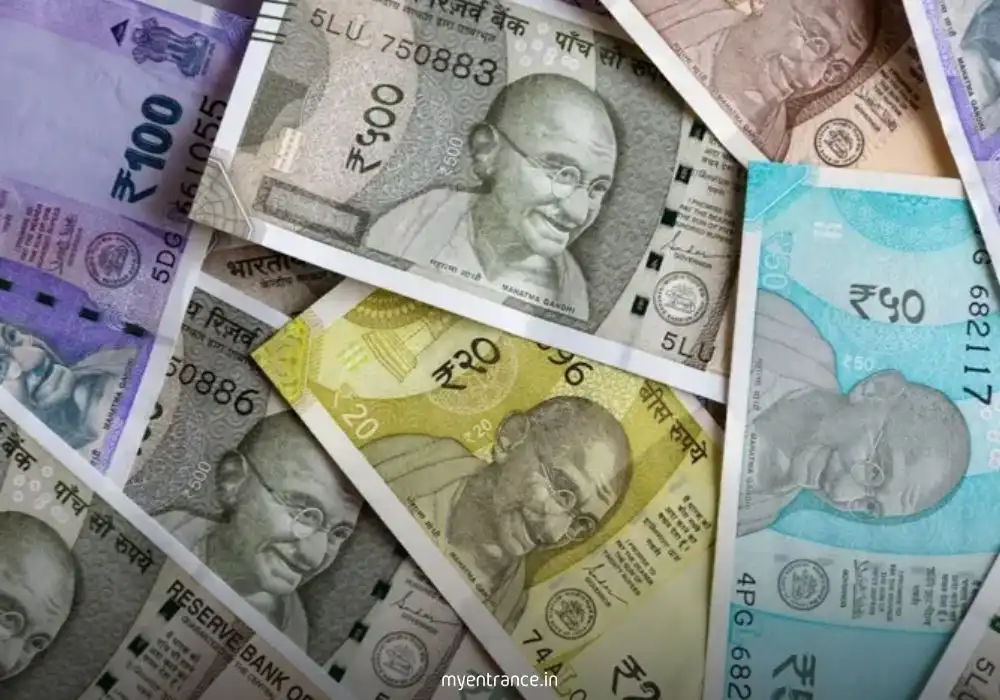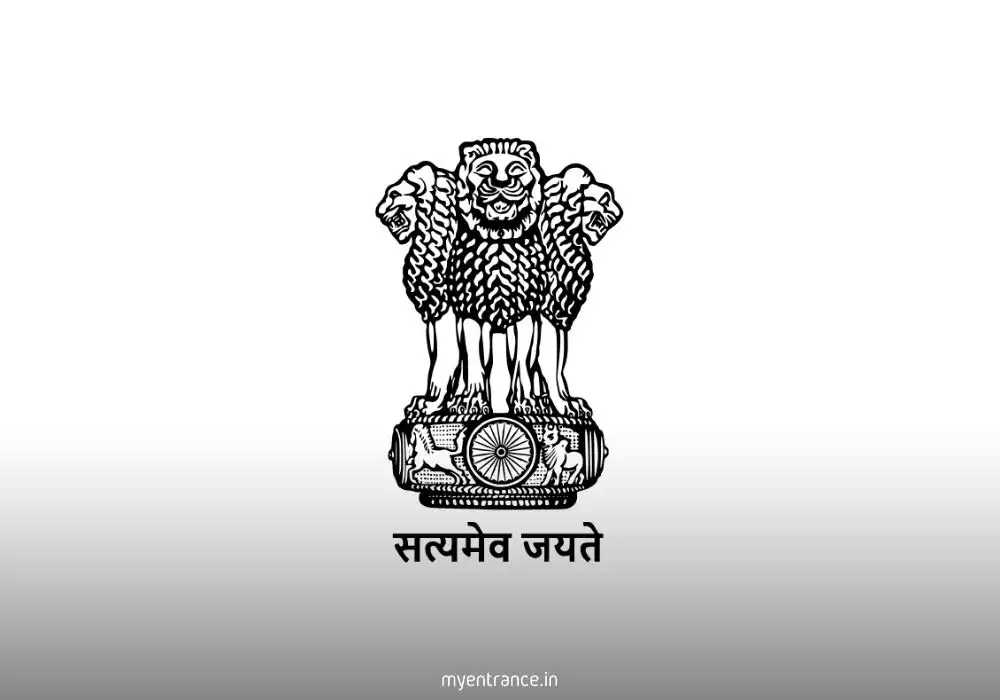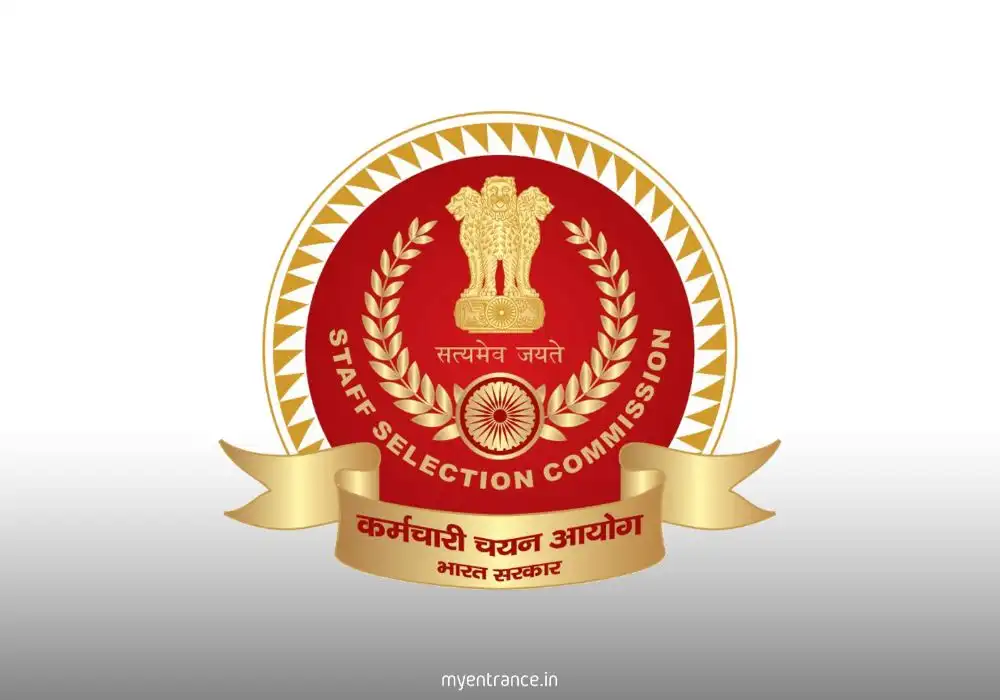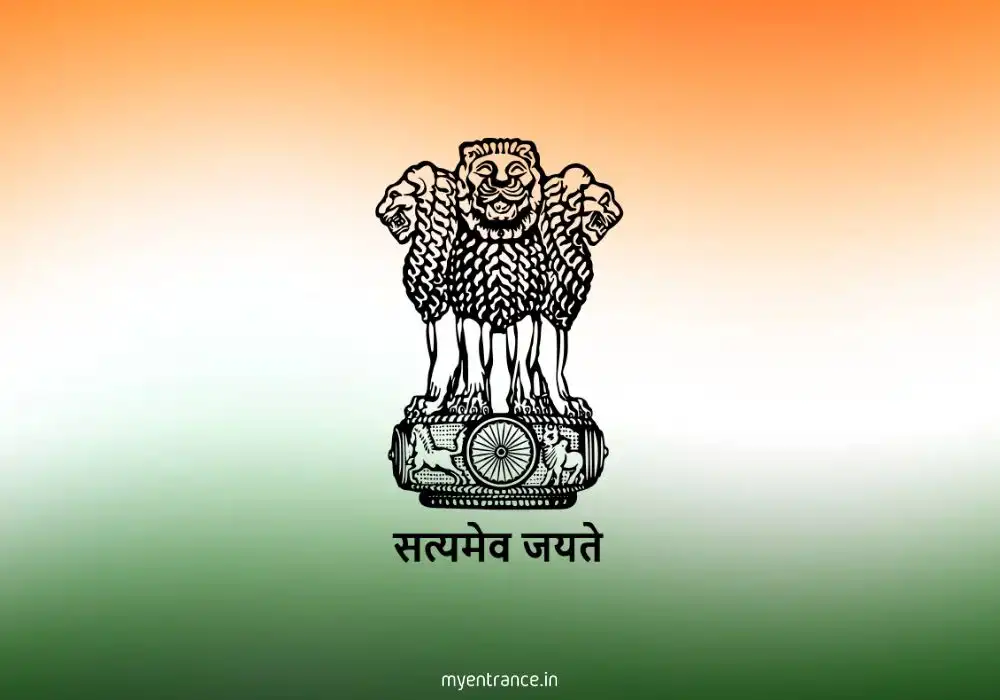Translate Language
RBI Digital Payments Index Hits 493.22 in March 2025: Key Insights
India’s digital payment landscape is evolving at breakneck speed, and the RBI Digital Payments Index (RBI-DPI) is your compass to navigate this transformation. For SSC, UPSC, PSC, and banking exam aspirants, understanding indices like RBI-DPI and the Financial Inclusion Index (FI-Index) isn’t just academic—it’s critical for mastering economy-focused sections. The latest RBI-DPI value of 493.22 (March 2025) marks a milestone in India’s journey toward a cashless economy. Let’s break down what this means, why it matters, and how it connects to game-changers like UPI.

RBI Digital Payments Index (RBI-DPI): Decoding the Surge
The Reserve Bank of India (RBI) recently announced the RBI-DPI for March 2025 at 493.22, up from 465.33 in September 2024 and 445.50 in March 2024. Here’s a faculty-style deep dive:
Why RBI-DPI Matters for Exams
Relevance: Questions on economic indices (RBI-DPI, FI-Index) frequently appear in UPSC Prelims, SSC CGL, and state exams.
Objective: Measures India’s progress in shifting from cash to digital payments. Base year is March 2018 (index = 100).
Frequency: Semi-annual releases (March and September), published with a 4-month lag.
5 Key Parameters Driving RBI-DPI
The index evaluates digital adoption through these weighted pillars:
Payment Enablers (25%): Regulatory frameworks, bank account penetration, and internet connectivity.
Payment Infrastructure – Demand-Side (10%): User adoption (e.g., UPI app usage, digital literacy).
Payment Infrastructure – Supply-Side (15%): Hardware/software support (ATMs, POS machines, QR codes).
Payment Performance (45%): Transaction volume/value (e.g., UPI/NEFT/IMPS usage).
Consumer Centricity (5%): Fraud prevention, grievance redressal, and user experience.
Trend Analysis (2018–2025)
Steady Growth: From 100 (2018) to 493.22 (2025), reflecting 5x growth in 7 years.
Big Jumps:
March 2024 to March 2025: +10.7% (445.50 → 493.22).
Primary drivers: Supply-side infrastructure (e.g., UPI QR codes) and payment volumes.
Key Takeaway: Focus on the trend (consistent rise), not just numbers. This signals India’s aggressive push toward a digital-first economy.
UPI: The Engine Behind India’s Digital Payment Boom
The RBI-DPI’s surge owes much to the Unified Payments Interface (UPI), which the IMF hails as a global benchmark. Here’s why UPI is revolutionary:
UPI’s Exam-Critical Features
Instant & Free: Real-time, $0-cost transfers via phone numbers/UPI IDs (regulated by RBI/NPCI).
AutoPay: Recurring payments for bills/EMIs (recently upgraded to fixed time slots to reduce system congestion).
Security: TLS/AES encryption and RBI-mandated protocols.
UPI 2.0 Upgrades: Overdraft facilities, e-mandates, and balance-check limits (max 50/day to prevent server overload).
Impact on RBI-DPI
UPI dominates the “Payment Performance” (45% weight) via soaring transaction volumes.
Interoperability (bank-agnostic transactions) fuels infrastructure growth (supply/demand-side parameters).
Financial Inclusion Index (FI-Index): Linking Digital Growth to Accessibility
The RBI’s FI-Index hit 67.0 in March 2025 (vs. 64.2 in 2024), underscoring how digital payments boost financial inclusion.
FI-Index Parameters
Access (35%): Banking penetration, branch density.
Usage (45%): Credit/digital product adoption.
Quality (20%): Literacy, consumer protection.
Connect the Dots: Rising RBI-DPI directly lifts FI-Index’s “Usage” and “Quality” scores.
5 Sample Q&A for Competitive Exams
Q1: What was the RBI-DPI value for March 2025, and how does it compare to September 2024?
A1: 493.22 in March 2025 vs. 465.33 in September 2024 – a 5.9% increase driven by payment infrastructure and transaction volumes.
Q2: Which RBI-DPI parameter carries the highest weightage?
A2: Payment Performance (45%), tracking transaction volume/value.
Q3: How does UPI contribute to India’s digital payment growth?
A3: UPI enables instant, $0-cost, interoperable transactions, boosting RBI-DPI’s “Payment Performance” and “Infrastructure” metrics.
Q4: Name one UPI 2.0 feature enhancing transaction security.
A4: Signed intent/QR codes, which verify payer/payee authenticity.
Q5: What does an FI-Index score of 67.0 (March 2025) signify?
A5: Progress toward financial inclusion (0 = exclusion, 100 = full inclusion), driven by usage/quality improvements.
Conclusion
The RBI-DPI isn’t just a number—it’s a report card for India’s digital economy. For exam aspirants, tracking its parameters (especially Payment Performance), linking it to UPI’s features, and correlating it with the FI-Index is non-negotiable. At MyEntrance.in, we simplify these complex trends into exam-ready insights. Stay tuned for more deep dives!
Pro Tip: Revise indices via trends > parameters > real-world impact (e.g., UPI → RBI-DPI → FI-Index).
Get 3 Months Free Access for SSC, PSC, NIFT & NID
Boost your exam prep!
Use offer code WELCOME28 to get 3 months free subscription. Start preparing today!






